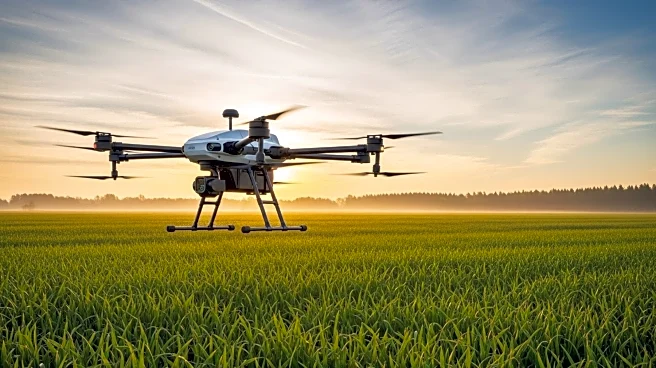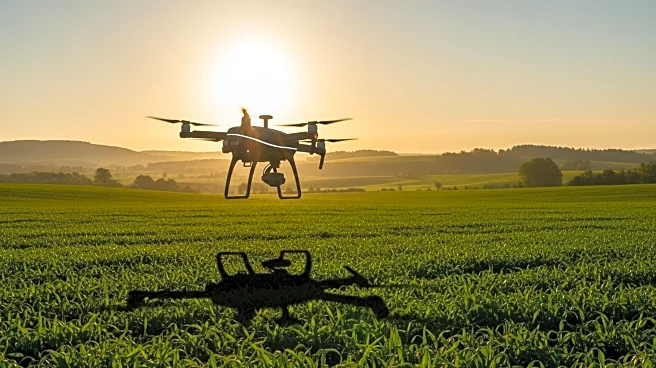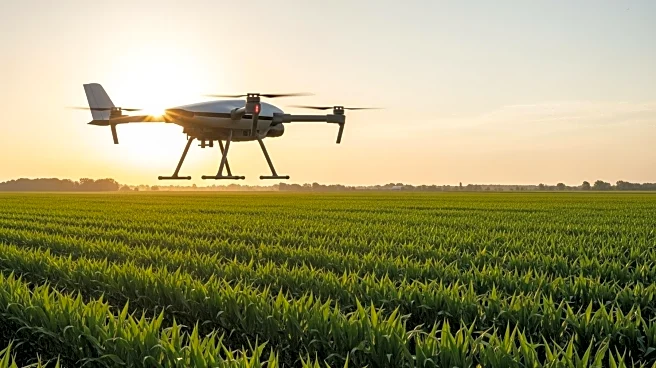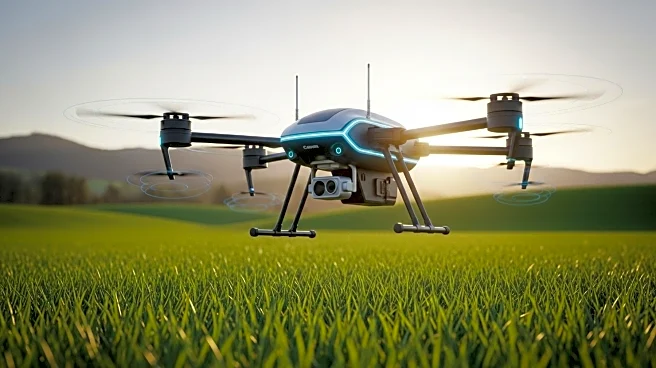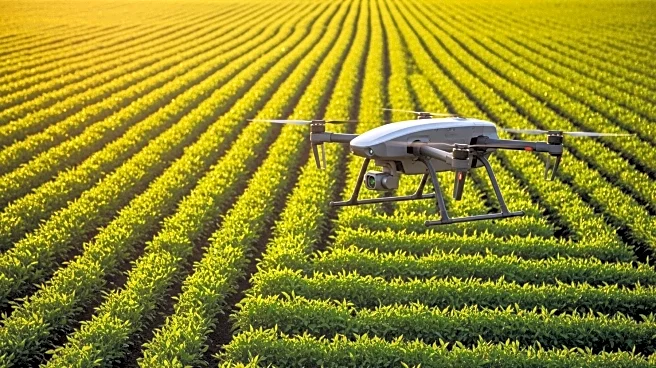What is the story about?
What's Happening?
Researchers have developed a multi-stage ensemble framework to classify pig vocalizations in noisy farm environments. The framework, designed to support health and behavioral monitoring, processes audio data through four stages: noise removal, segmentation, classification, and contextual analysis. This system aims to detect disease and stress in pigs by analyzing vocal patterns, storing results in a database for early intervention. The framework utilizes advanced models like SEGAN+ for noise filtering and SqueezeNet for classification, ensuring high accuracy in identifying pig vocalizations.
Why It's Important?
This framework represents a significant advancement in agricultural technology, offering a method to monitor animal health and welfare more effectively. By automating the detection of stress and disease indicators, farmers can respond more quickly to potential issues, improving animal welfare and farm productivity. The use of sophisticated AI models in this context highlights the growing role of technology in agriculture, potentially leading to more sustainable and efficient farming practices. This development could also pave the way for similar applications in monitoring other livestock.
What's Next?
The implementation of this framework could lead to widespread adoption in the agricultural sector, particularly in large-scale farming operations. As the technology proves its effectiveness, it may encourage further research and development in AI applications for animal monitoring. Additionally, the data collected through this system could provide valuable insights into animal behavior and health, informing future innovations in livestock management. The success of this framework may also inspire similar technological advancements in other areas of agriculture.
AI Generated Content
Do you find this article useful?



